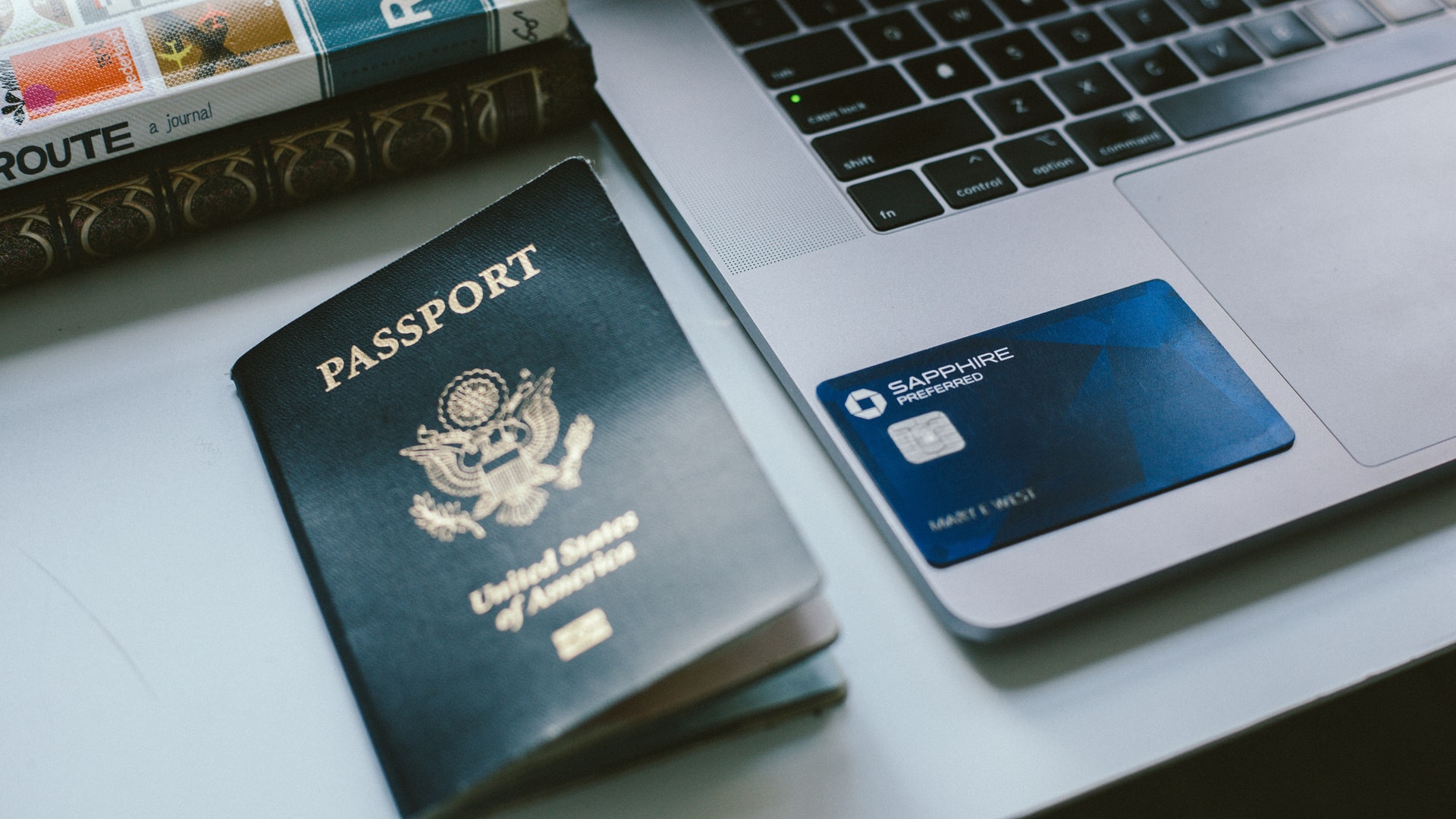Millions of consumers fall victim to identity theft each year. The side effect is billions of dollars in financial damage and credit woes that can be a pain to sort out and overcome. If you think that your identity has been stolen, follow the steps below to get your financial and credit health back on track.
But first, you’ll discover what happens when your identity is stolen and how to know for sure if you’ve been victimized.
What Happens When Your Identity Is Stolen?
Identity theft occurs when your personal or financial information is used without your permission, notes Consumer.gov. This may include your name, phone number, address, Social Security number, banking information, credit cards, medical insurance numbers or account numbers.
How Will You Know If Your Identity Was Stolen?
It depends on how your information was used. Consumer.gov cites these scenarios as ways to know if your identity was compromised:
- You notice unauthorized charges on your checking account or credit card statements.
- You get bills in the mail from service providers or medical practitioners that are in your name, but for services, you didn’t actually receive.
- New accounts you didn’t open appear on your credit profile.
- Excessive credit inquiries for loans and credit card products surface on your credit report, even though you didn’t submit any new credit applications.
- You spot withdrawals from your checking or savings account you didn’t initiate.
- You start receiving calls from debt collectors for the money you don’t know about.
- You cannot file a tax return because someone has already filed in your name.
Although the list is not all-inclusive, these are all tell-tale signs of identity theft.
What To Do If You May Be a Victim of Identity Theft?
If you suspect you may be a victim of identity theft, there are several actions you can take right away to minimize the damage.
Notify Your Creditors and Banks
Reach out to your creditors and financial institutions promptly. Notify them that your identity has been compromised so they can take the necessary steps to protect your accounts and open a claim to dispute fraudulent charges on your behalf. Your credit card issuers and bank or credit union will also issue new cards to you and close out the new ones.
Set Up a Fraud Alert
A fraud alert puts the major credit reporting agencies – Experian, TransUnion and Equifax – on alert that your identity has been compromised if they receive applications for credit in your name. It also prompts these entities to take additional steps to verify that it is actually you who’s applying for a debt product.
You’ll need to contact the credit bureaus to have a fraud alert placed on your credit profile, and it’ll remain intact for a year (unless you renew it).
Freeze Your Credit
You can add another layer of protection to your credit profile by requesting a security freeze. It prohibits third parties from accessing your credit report or scores until you request that it be lifted. This greatly reduces the likelihood of sustaining more financial and credit damage due to identity theft.
Be mindful that it can make it challenging to secure additional credit if you apply and forget the credit freeze is in place. You’ll need to lift it first and apply it again. Also, credit freezes do not stop prospective landlords, employers, collection agencies and credit monitoring service providers from accessing your credit profile.
File A Report with the FTC
Notify the Federal Trade Commission (FTC) by filing a report. Visit IdentityTheft.gov for a step-by-step guide to filing a report electronically. Keep a copy for your record once you’ve completed this step.
Contact Your Local Law Enforcement
Reach out to your local police department and communicate that you are a victim of identity theft. They’ll make a report documenting the incident that you can use to substantiate your claims when filing disputes with the credit bureaus.
Check Your Credit Reports
Review copies of your credit reports and highlight any fraudulent information you notice. You’ll need to have your reports handy for the next step.
Clean Up Fraudulent Info from Your Credit Report
File disputes with the credit bureaus in writing to have the fraudulent information deleted from your credit report. Be sure to include a copy of the police report with the letter when you send it in. They’ll have 30 days from receiving your letter to investigate your claim and issue a response.
Secure Your Accounts and Personal Information
Now’s the time to change all your passwords and close accounts you’re no longer using. Doing so helps secure your personal and identifying information.
Consider A Credit Monitoring Service
When you sign up for credit monitoring, you’ll receive real-time alerts any time activity occurs in your credit profile. Experian offers free credit monitoring as a part of its CreditWorksSM Basic plan. It also includes a monthly Experian credit report, FICO Score updates and Experian Boost, a tool that can help improve your credit score instantly.
You can also upgrade to an IdentityWorksSM plan to get even more protection against fraudsters.
- IdentityWorksSM Plus: You’ll get identity theft monitoring and alerts, up to $500,000 of identity theft insurance, live assistance from a U.S.-based fraud resolution specialist, lost wallet assistance, Experian credit bureau monitoring, daily Experian FICO score updates, additional FICO scores and access to a FICO Score Simulator. It’s free for the first 30 days, followed by a monthly enrollment fee of $9.99 for one adult.
- IdentityWorksSM Premium: This plan includes all the features IdentityWorksSM Plus offers, along with an additional $500,000 in identity theft insurance, three-credit bureau monitoring and quarterly three-bureau FICO score updates. You’ll only pay $19.99 per month (for one adult) after the free 30-day trial period.
Both IdentityWorksSM options offer plans that include another adult and/or up to 10 children. Visit Experian.com to subscribe and learn more about its products, or sign up for a free account and view your credit report and score.







